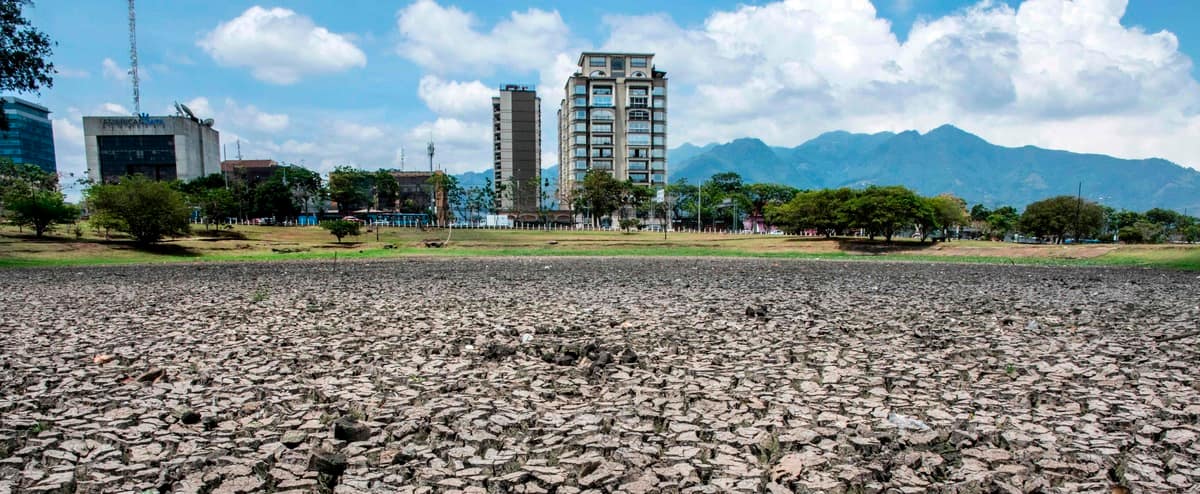The La Niña weather phenomenon, which has intensified drought and flooding, is finally over, United Nations experts said on Wednesday, but the next one, El Niño, could bring other problems, they warned.
• Read also: Return of El Niño this spring: intense heat and multiplication of storms in sight?
• Read also: 1 in 2 chance that the +1.5°C threshold will be exceeded within 5 years
Thanks to La Niña, a weather phenomenon that tends to lower the temperature of the oceans and has been raging since 2020, the warming has been mitigated a bit in the last year.
Still, the years 2021 and 2022 were warmer than any year before 2015, the UN’s World Meteorological Organization (WMO) said in its quarterly update.
“The cooling impact of La Niña has put a temporary brake on global temperature rise, even though the past eight years have been the hottest on record,” said WMO Secretary General Petteri Taalas.
Now its opposite El Niño could be back this summer and “risks fueling a new spike in global temperatures,” he warned.
La Niña is a large-scale cooling of surface temperatures in the central and eastern equatorial Pacific Ocean.
It occurs every two to seven years and alternates with El Niño and neutral conditions in between.
There is a 90% chance of conditions being neutral between March and May, dropping to 80% on the April-June window and 60% in May-July.
The chances of El Niño developing are estimated at 15% in April-June, 35% in May-July and 55% in June-August.
“We need two or three more months to have a more reliable idea of what will follow,” warns Alvaro Silva, consultant at WMO.
Tracking the oscillation between the two phases helps countries prepare for their potential impacts, such as floods, droughts or extreme heat, he told AFP.
“With El Niño, there is an increased likelihood of seeing the hottest year on record,” he added.
The WMO warns that despite the end of La Niña, some of its effects on rainfall may persist due to its long duration.
While El Niño and La Niña are natural phenomena, they occur “in the context of human-induced climate change, which is raising global temperatures, affecting seasonal rainfall patterns and making our climate more extreme”, a underlined the WMO.
